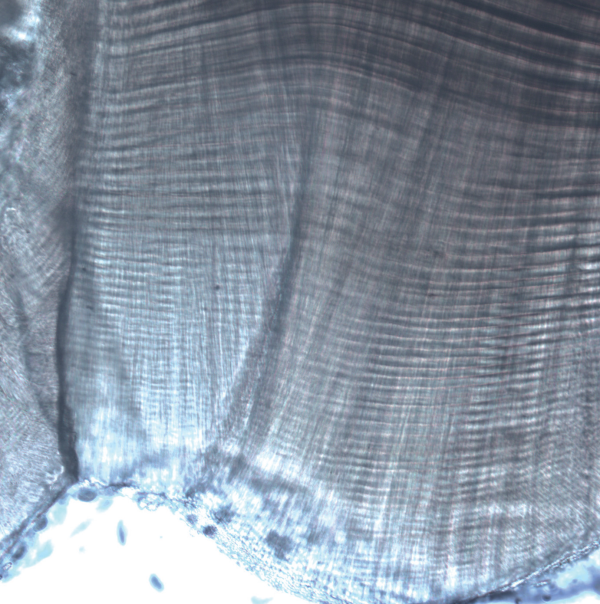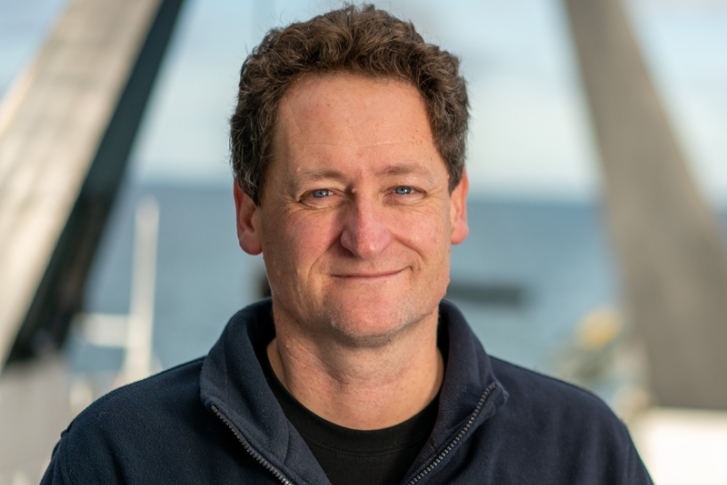How does NIWA support fisheries management?
NIWA provides research and advice to enable the sustainable management of New Zealand's commercial and recreational fisheries. It does so in two ways: by monitoring and assessing key fish stocks, and by monitoring the effects of fishing on the aquatic environment.
Some information on commercial fish stocks comes from industry records of catch and effort, as well as observer data on the size and age of fish caught. That information is supplemented by independent research, such as trawl, acoustic, potting and photographic surveys, and estimates of recreational harvest. NIWA research vessels Tangaroa and Kaharoa conduct regular abundance surveys of deepwater species, such as hoki, and inshore species off the east and west coasts of the South Island.
Fisheries scientists then model the population abundance of key species, and future catch scenarios. The results enable the Ministry for Primary Industries (MPI) to make recommendations on Total Allowable Catch (TAC), under New Zealand's Quota Management System.
NIWA also researches the effects of fishing on protected species, such as seabirds, marine mammals, sharks, and corals, and any impacts on other bycatch, benthic communities, food webs, and marine biodiversity. We are also developing our capability to model ecosystems and explore mitigation options to reduce the impacts of fishing gear.
How do we count fish in the ocean?
NIWA researchers assess fish abundance in many ways. Two of the most common methods are trawl and acoustic surveys.
Trawl surveys provide high-quality data on the relative abundance of species vulnerable to bottom trawls. NIWA's inshore and deepwater research vessels tow nets (using the same standard procedures each time) at randomly-selected locations. The catches are analysed, and the results scaled up by the area surveyed, to get a measure of the overall number of fish.
Acoustic surveys use echosounders, which transmit sound waves into the water, then measure what is reflected back. Some species of fish produce a characteristic The otoliths of the black oreo dory are notoriously diffcult to age, but examination under a compound microscope revealed that this 33cm male, caught at 700m near the Chatham Islands, was around 60 years old. (Caoimhghin Ó Maolagáin) Casting the knowledge net acoustic signal. Scientists interpret such data, and use their knowledge about the biology and acoustic scattering properties of the different species of fish present to estimate their numbers in a given area.
Regular trawl or acoustic surveys allow abundance estimates to be plotted over time – a vital input into future yield calculations. Other methods, tailored to particular species, are used for scampi (seabed photography), paua (diver searches) and intertidal shellfish (beach transects).
Surveys are carried out within New Zealand's 200-nautical mile Exclusive Economic Zone, and beyond. Research in international waters helps the New Zealand Government and other stakeholders meet their international stock monitoring and assessment obligations under a range of conventions and agreements.
How are fish aged?
Researchers determine the age of bony-headed fish by examining their otoliths – or 'ear bones'. These calcified structures exhibit growth rings, similar to those in a tree stump. Under a microscope, otoliths show paired light and dark zones, with each pair generally marking a period of one year. Counting them can be painstaking, because the zones sometimes merge, have complicated micro-structures, or are irregularly spaced.
Find out more about how we use otoliths to determine the age of fish
NIWA ages about 20,000 fish annually, and growth curves natural resources (plots of fish size versus age) using otolith observations have been created for about 60 species of fish.
Similar rings are also found in bivalve and mollusc shells, and NIWA researchers use them to estimate growth in some species.
How does NIWA assess the impact of fisheries on the environment?
NIWA monitors and analyses trends in the impacts of commercial fishing bycatch, which may include other fish species, or invertebrates such as protected corals, and seabirds. Trawl surveys also enable trends in the abundance of many bycatch species to be independently monitored.
Habitats of particular significance or vulnerability are given special attention. These include spawning, pupping and egg-laying waters, or nursery grounds. The concentration of fish in the early part of their life in these areas means even small environmental impacts can have a large effect on fish populations later on.
NIWA also evaluates the effectiveness of any changes in fishing practices aimed at reducing damage to vulnerable habitats.
Indicators are used across the world to monitor changes in environmental conditions and the state of the ecosystem. NIWA is working closely with MPI to develop a suite of indicators appropriate for New Zealand's fisheries, incorporating information on fish community composition, size structure and food web links.
All of the impacts of fisheries on the environment are considered within Environmental Risk Assessment (ERA). NIWA researchers are developing ERA approaches for deepwater fisheries, and have already contributed to New Zealand risk assessments for hoki, Maui's dolphin, seabirds and seamounts.



